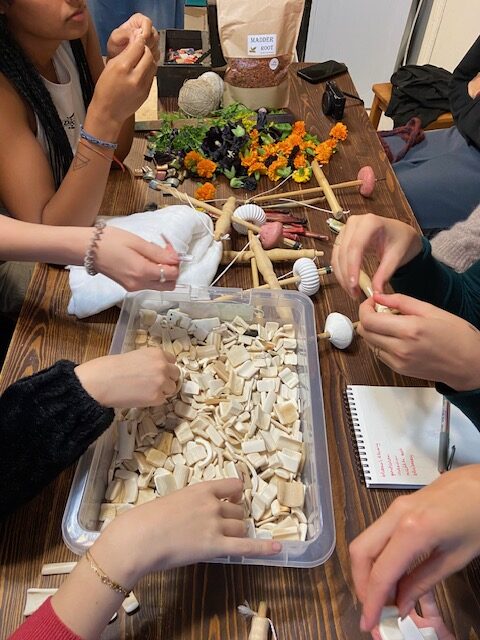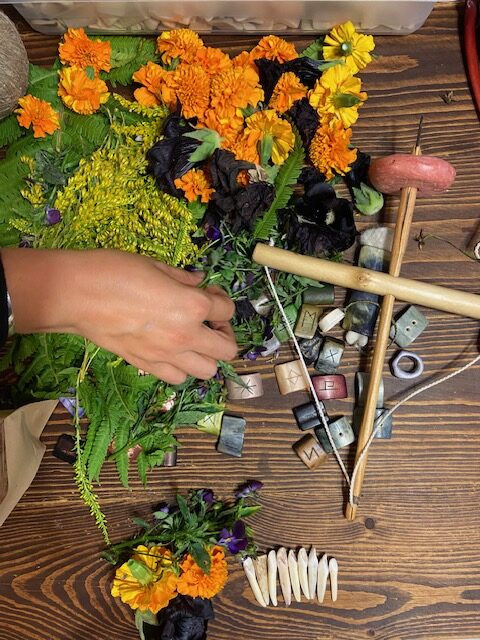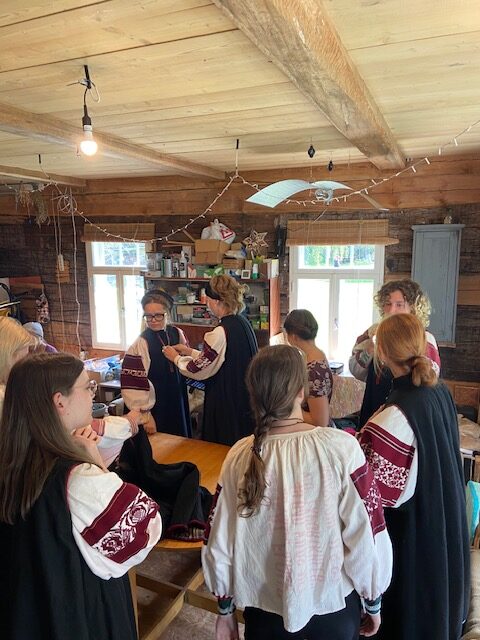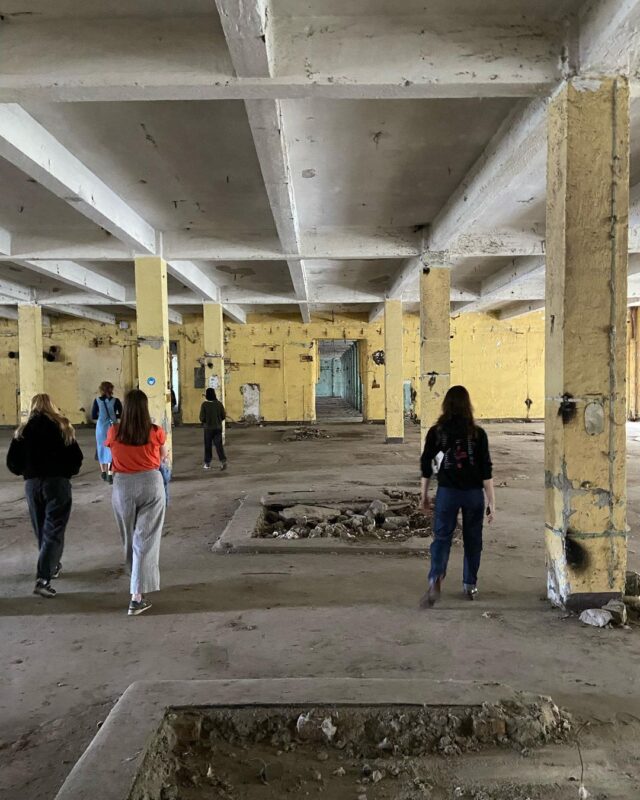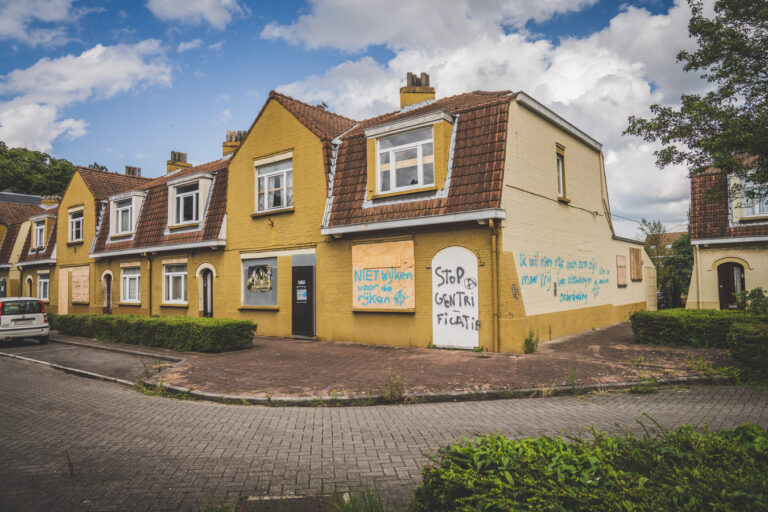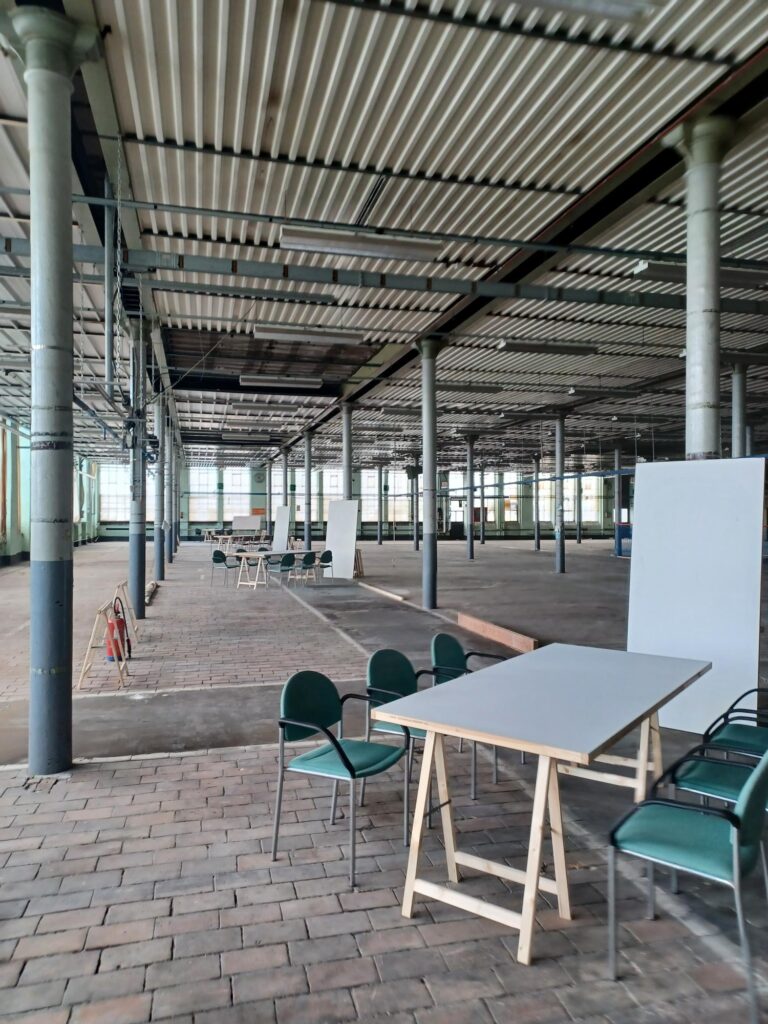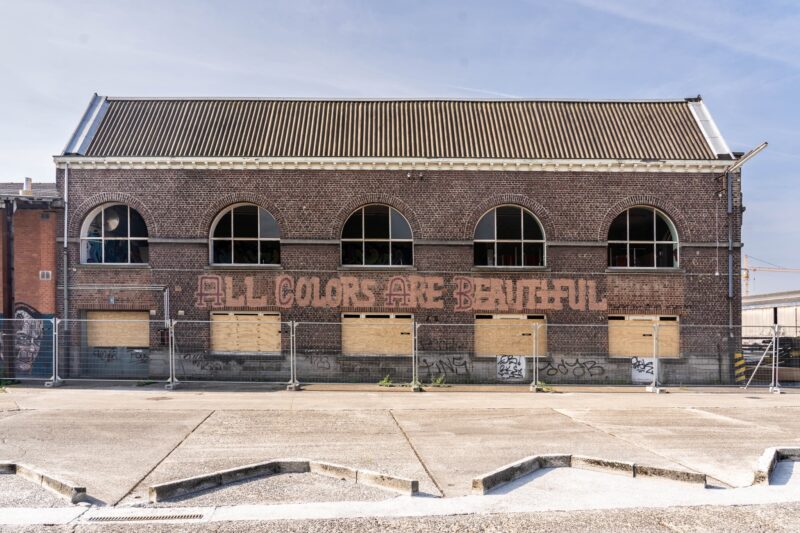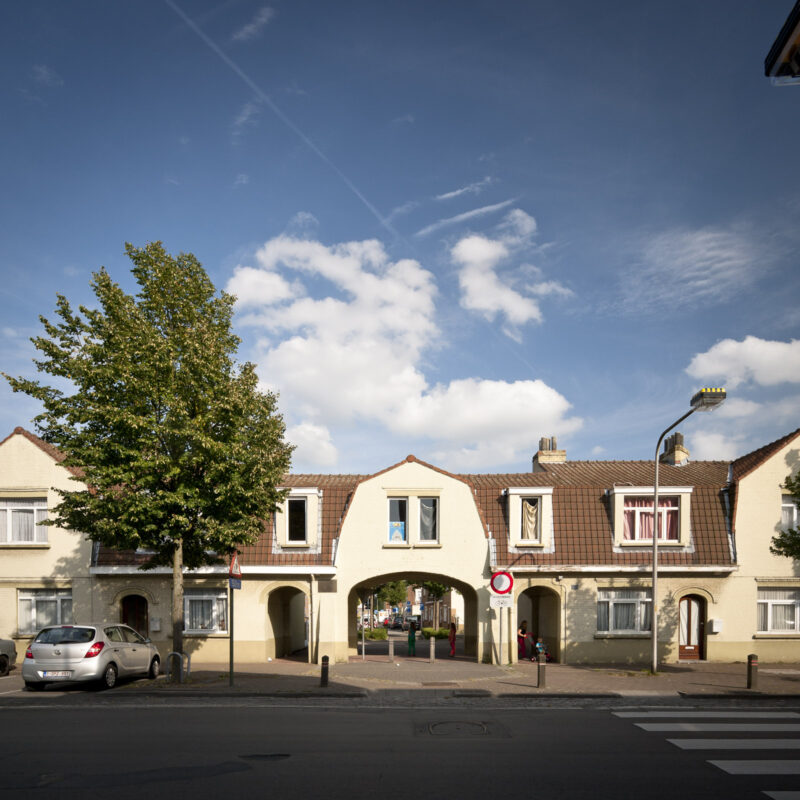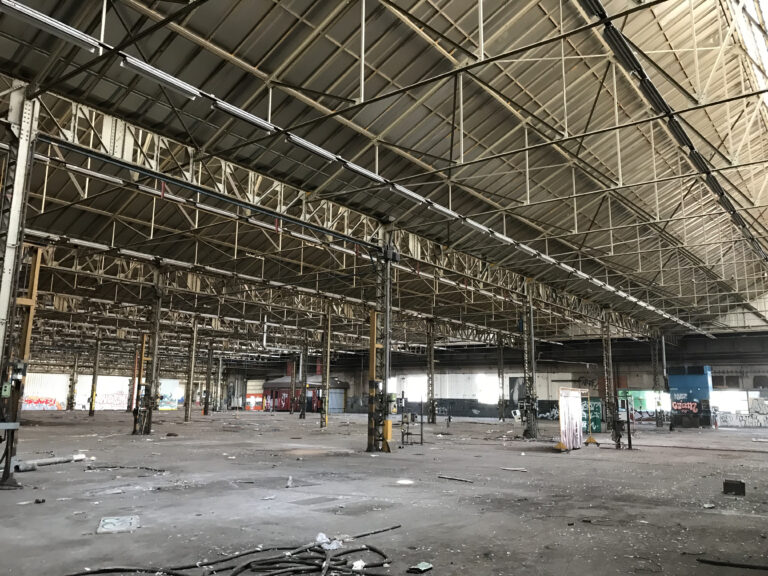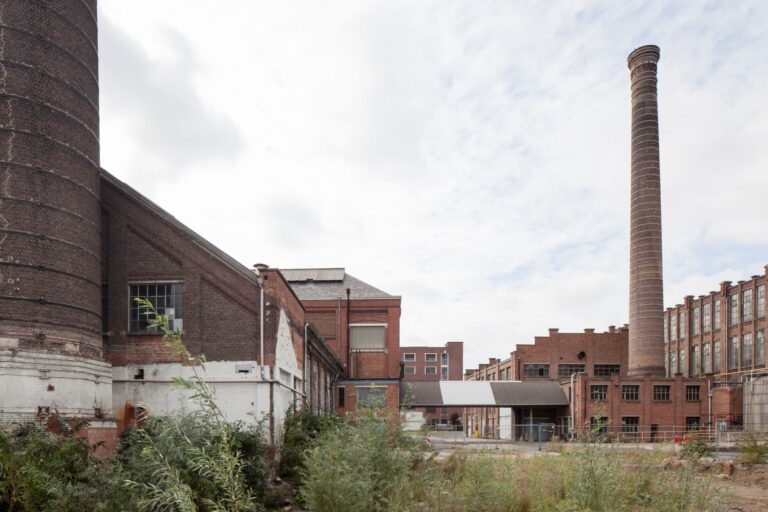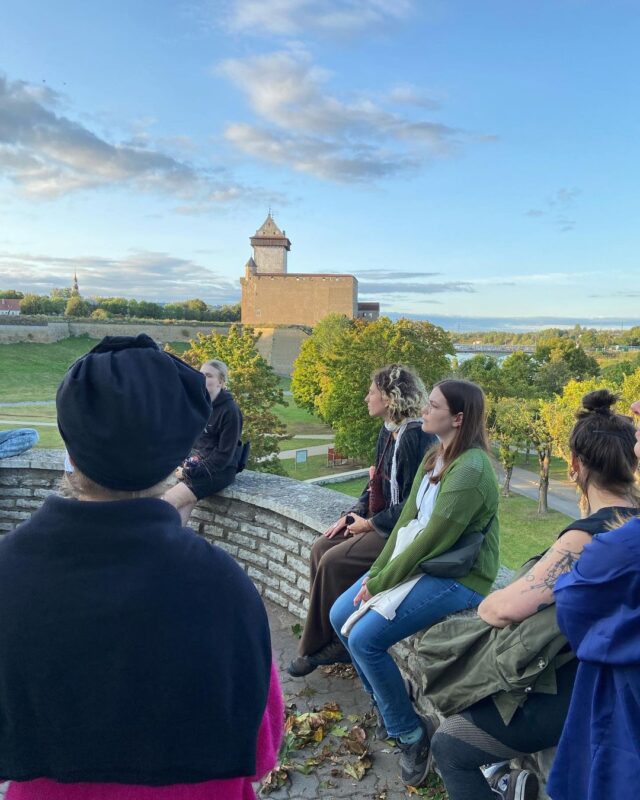
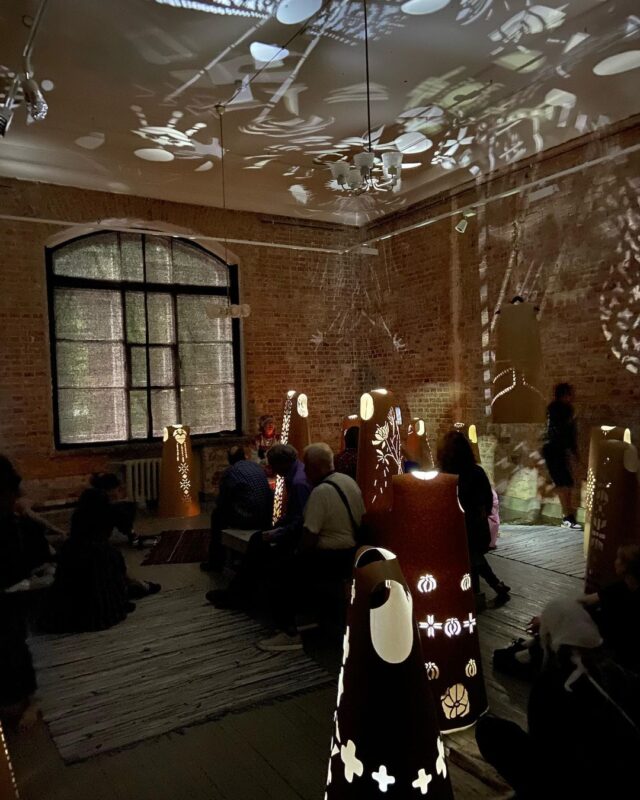
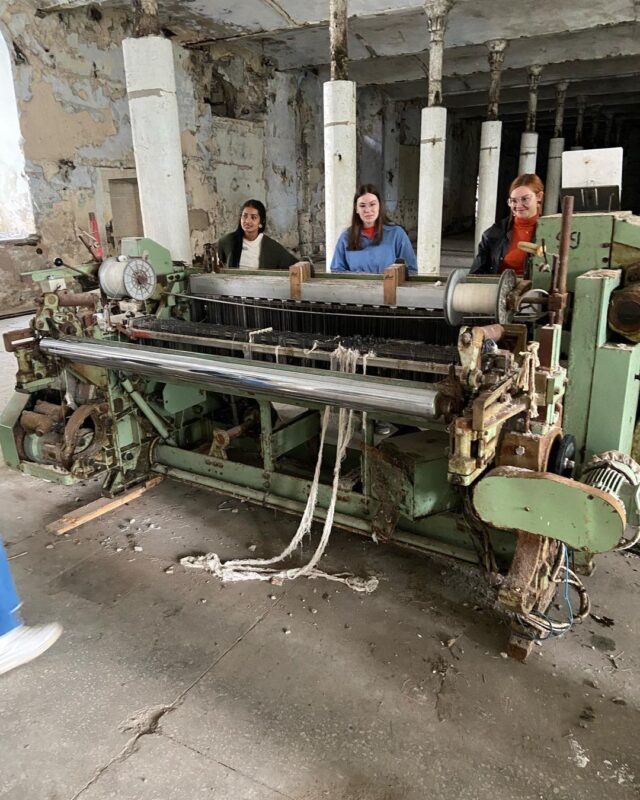
Estonia has a completely different tradition and relationship with their crafts and heritage than Belgium. Due to years of Soviet domination, they were much more dependent on local manufacturing practices until the early 1990s, especially in clothing and textiles. They themselves speak of a forced incubator with an unintended positive side effect. The influence of neo-liberalism has stayed away there much longer than in Western Europe. When the country gained independence, they focused on the West, but also recognised the value of their piece of heritage. It became an element of their identity, permanently connecting different generations. And at the same time, it was a natural response to many ecological issues, putting them years ahead of the average Western European country in their thinking. Although the big players of mass consumption are also nestled there.
From that dichotomy, the idea grew to look with students at what heritage can be and how it expresses itself in two different contexts. In November, a group of Estonian students visited KASK, where several workshops and visits were scheduled. Central theme was ‘the city’ as a place of learning, as a place full of obvious and hidden heritage. This resulted in citywalks, mapping exercises and visits to museums, historical buildings, galleries and archives. Belgium’s colonial past was also discussed, a topic that is part of history for many of us, but is still very close for a large part of Estonians. Especially now that Russia is stirring again.
For the second part of the project, a group of students from KASK would travel to Estonia to look at heritage through nature. Specifically, two short residencies are planned. In both residencies, students will also engage hands-on with the expertise of curators and/or artisans.
The first at the Heimtali Museum of Domestic life in Viljandi, an institute focused entirely on the region’s specific folklore and ethnic crafts. There, the students would spend several days working around making practices (fashion and textiles) that focus entirely on local, subsistence and craft. The aim is to hack that heritage and see how practices and techniques of the past, can provide solutions to challenges of today. We also focus on awareness and connection with nature and other makers through the act of wandering and in situ creations from the specific nature of the region. Furthermore, we will cook together with food grown on site, with the intention of looking at differences in heritage and tradition here too.
The second residency is a stay in Narva Art Residency, a town located on the border with Russia that physically bears the traces of a cancel culture. There, students would process the previous days’ input into their own artistic work. At the same time, due to the physical and historical proximity to Russia, they would reflect on the effects that power, domination and oppression have on culture as well as on the freedom of artists and designers. Something that Estonians still have a lot of experience with and that, although it also creeps in through the back door here, we perhaps underestimate too much.
Meanwhile, an instagram page is being set up to document the preparations.
https://www.visitestonia.com/en/heimtali-museum-of-domestic-life
https://www.nart.ee/en/residency/
(c) Bram Jespers
FOR KASK FASHION STUDENTS
Date: 26 augustus – 2 september
Location: Estland
Participating and more information via: Bram Jespers


